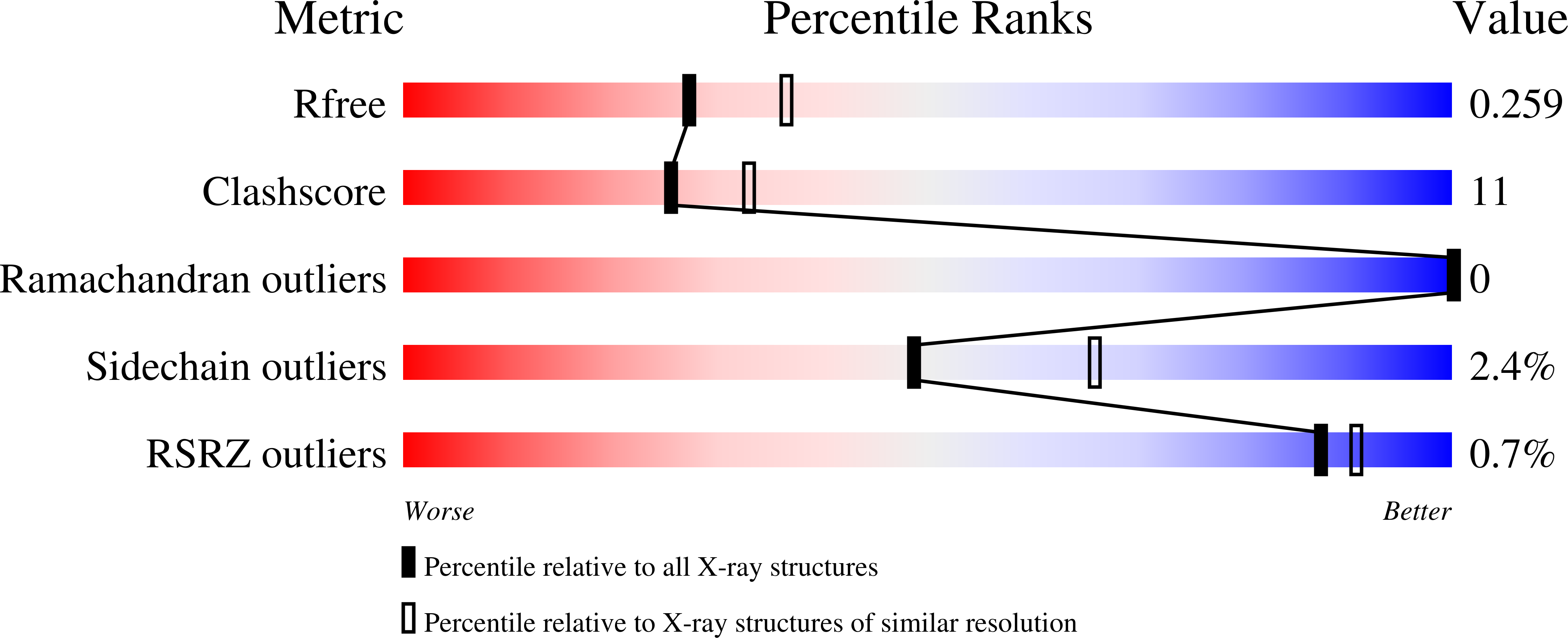
Deposition Date
2022-06-29
Release Date
2024-01-17
Last Version Date
2024-09-04
Entry Detail
PDB ID:
8DIO
Keywords:
Title:
Crystal structure of LARP1-DM15 from Danio rerio bound to m7GpppC
Biological Source:
Source Organism:
Danio rerio (Taxon ID: 7955)
Host Organism:
Method Details:
Experimental Method:
Resolution:
2.30 Å
R-Value Free:
0.26
R-Value Work:
0.20
R-Value Observed:
0.21
Space Group:
P 1 21 1


